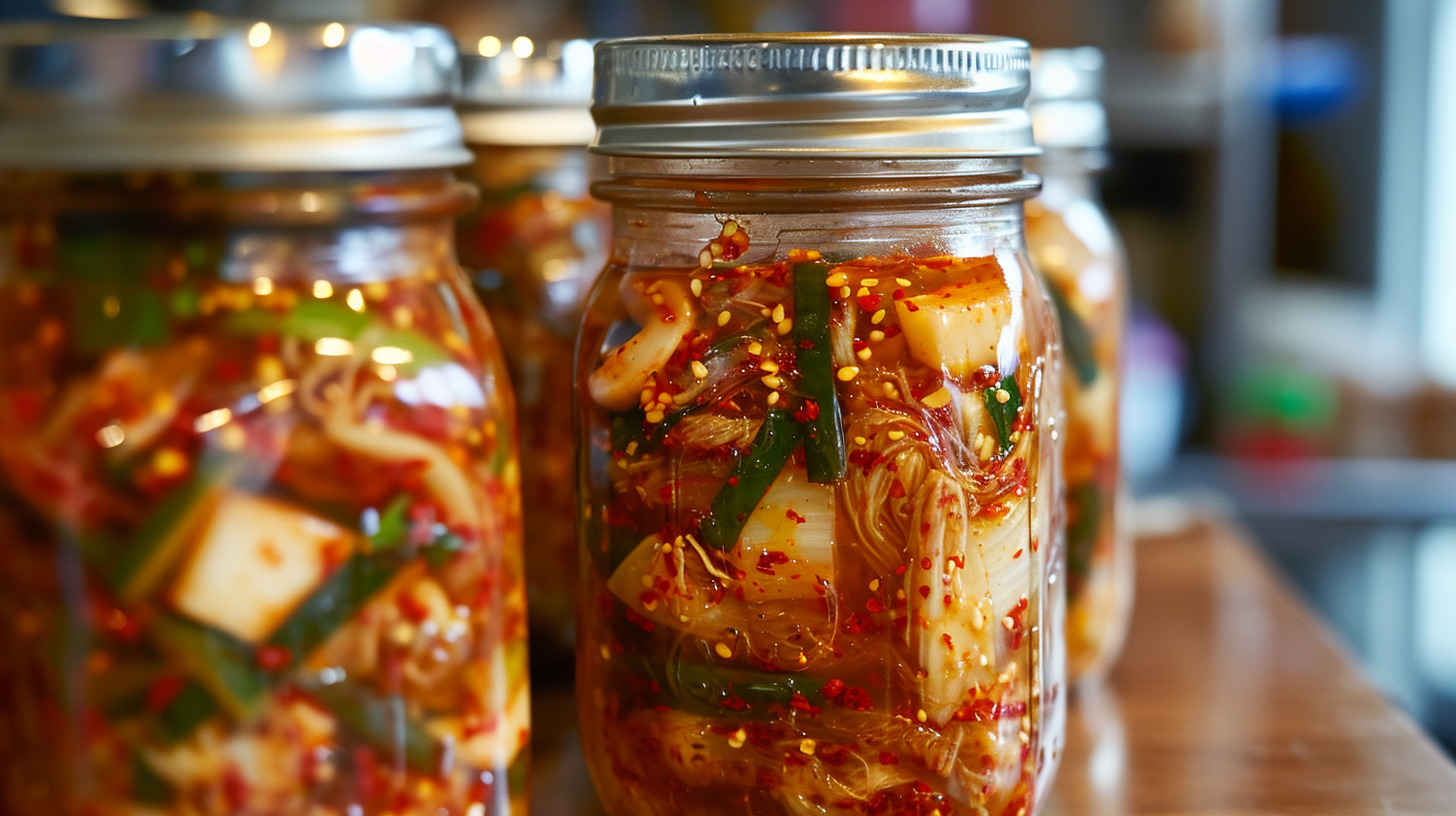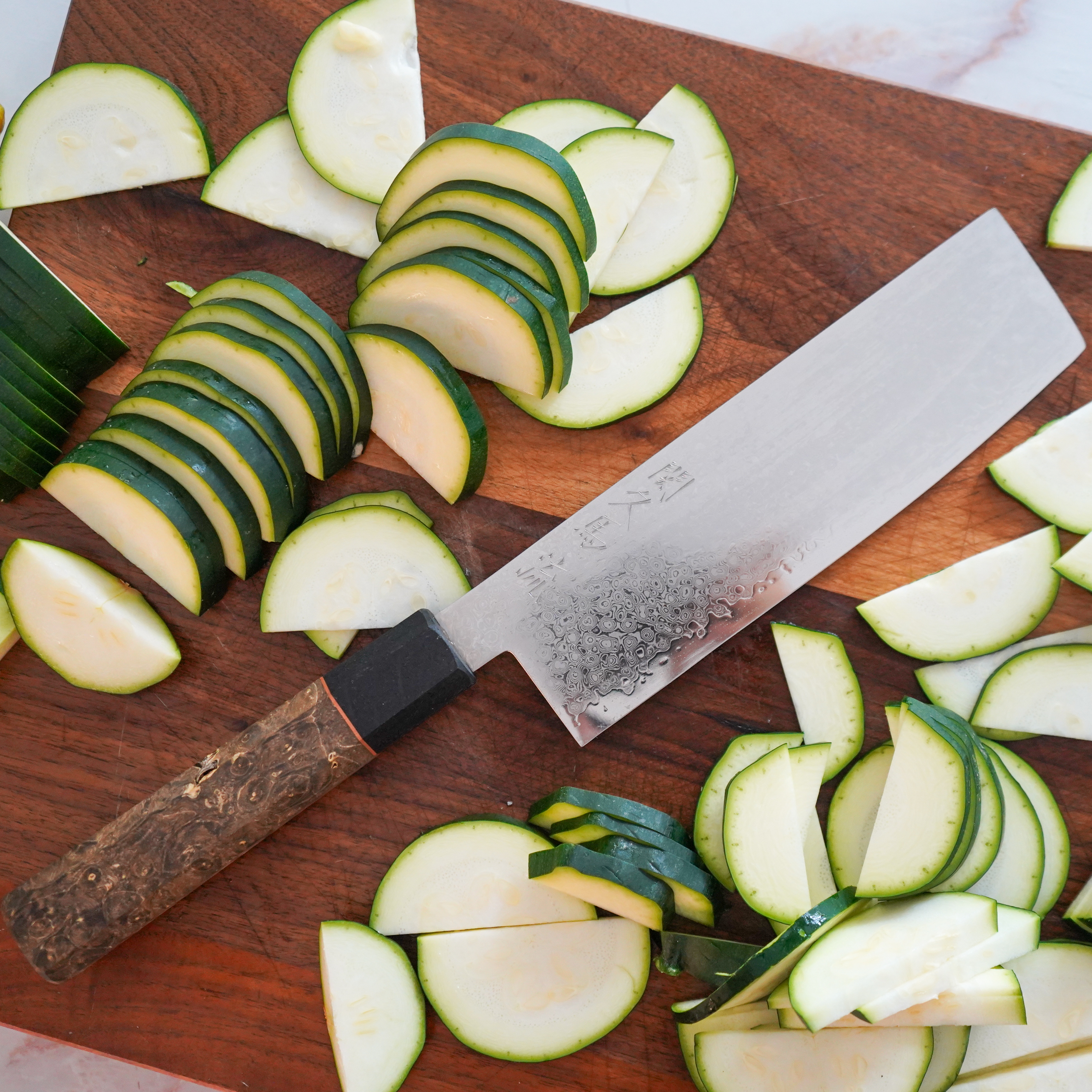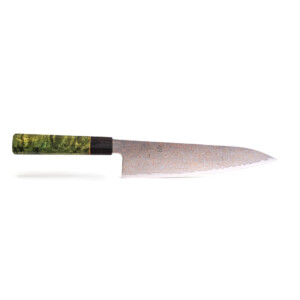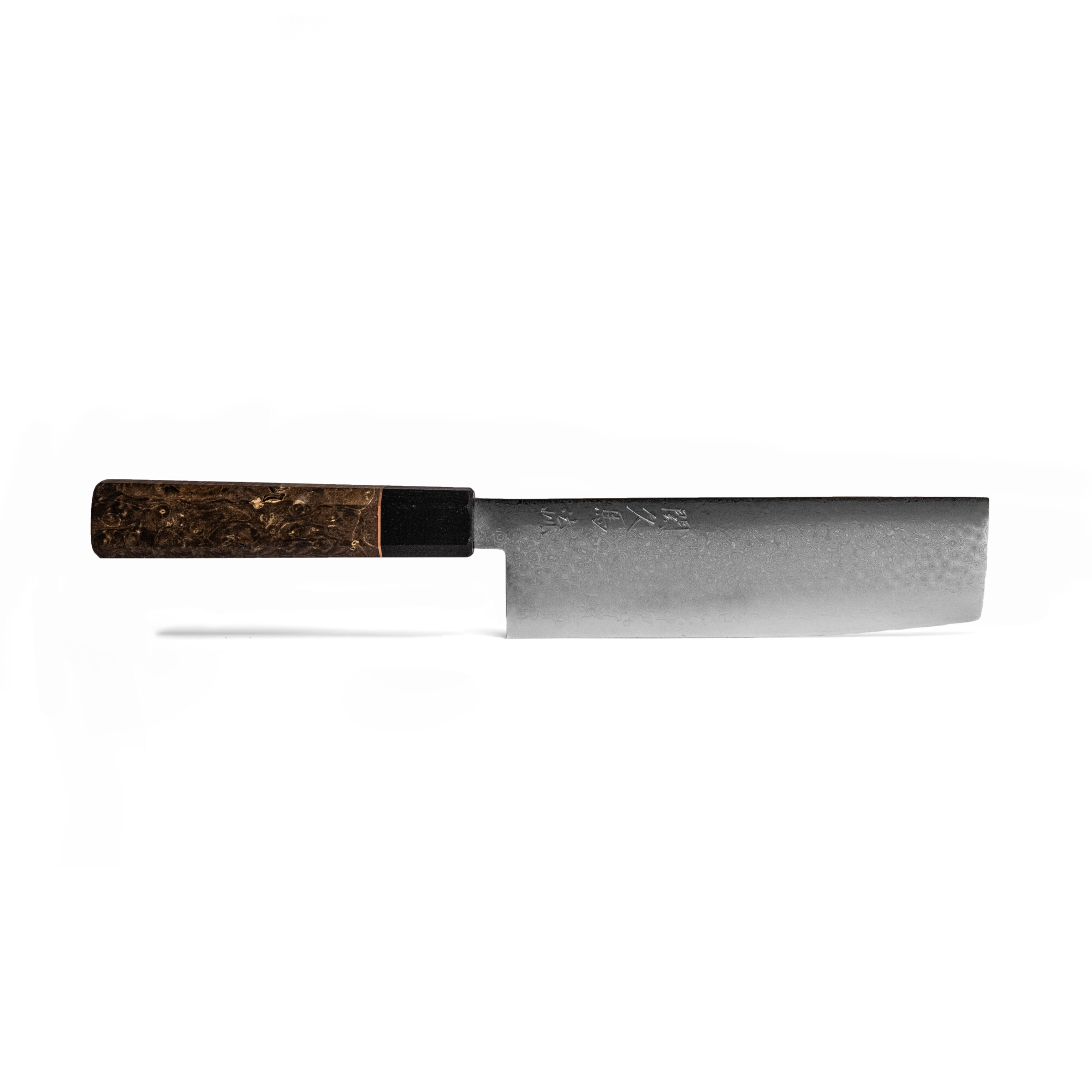Kimchi, a staple in Korean cuisine, has transcended its cultural origins to become a global phenomenon. This traditional dish, typically made from fermented vegetables like napa cabbage and Korean radish, is much more than a side dish; it’s a symbol of Korean heritage and culinary artistry.
The history of kimchi dates back to ancient times, evolving through centuries as different ingredients and techniques were introduced. Originally developed as a means to preserve vegetables for the winter months, kimchi has now found its place in the daily diet of millions around the world, celebrated for its unique taste and health benefits.
In Korea, kimchi is not just food; it’s a part of life. It’s deeply embedded in the culture and is a source of pride for its people. The process of making kimchi, known as ‘kimjang’, is a time-honoured tradition often involving family and community members, reflecting the communal spirit of Korean society.
As the popularity of kimchi spreads globally, it’s being embraced by health enthusiasts and culinary explorers alike. Its unique flavor profile – tangy, spicy, and slightly sweet – adds a distinctive touch to any meal. But kimchi’s appeal extends beyond its taste; it’s the health benefits that are drawing attention worldwide, making it a subject of interest in the world of nutritious and lifestyle cooking.
The Science of Fermentation: A Key to Kimchi’s Health Benefits
Fermentation is a natural process where microorganisms like bacteria and yeast convert organic compounds, such as sugars and starch, into alcohol or acids. This process not only preserves the food but also enhances its nutritional value. Kimchi is a prime example of this, where fermentation plays a central role in its creation.
- Lactic Acid Fermentation in Kimchi: The primary process in kimchi fermentation is lactic acid fermentation, conducted by lactobacillus bacteria. These bacteria are naturally present on the vegetables and thrive in the anaerobic and acidic environment created during kimchi preparation.
- Enhancing Nutrient Bioavailability: Fermentation breaks down complex compounds in the vegetables, making nutrients more bioavailable. This means that the body can absorb these nutrients more efficiently, gaining more benefits from the same amount of food.
- Development of Probiotics: The fermentation process also leads to the growth of probiotics, beneficial bacteria that play a crucial role in gut health. These probiotics are what make fermented foods like kimchi especially valuable for digestive health.
Fermentation’s Impact on Taste and Preservation
Apart from health benefits, fermentation significantly impacts the flavor and shelf life of kimchi.
- Complex Flavour Profile: The fermentation process develops a complex flavor profile in kimchi, making it tangy, spicy, and umami-rich. This unique taste is a result of various organic acids and enzymes produced during fermentation.
- Natural Preservation: Fermentation naturally preserves the vegetables in kimchi, allowing it to be stored for extended periods without spoiling. This preservation method is an ancient technique that has been used for centuries to keep food edible and nutritious.
Nutritional Breakdown of Kimchi
A Wealth of Vitamins and Minerals
Kimchi is not only flavourful but also a nutritional powerhouse. It is packed with a variety of vitamins and minerals essential for good health.
- Vitamin Rich: Kimchi is an excellent source of Vitamin C, known for its immune-boosting properties. It also contains Vitamin A, important for eye health, and some B vitamins, which are vital for energy metabolism.
- Mineral Content: Essential minerals like iron, calcium, and potassium are found in kimchi. These minerals are crucial for various bodily functions, including maintaining healthy bones, blood pressure regulation, and proper muscle function.
Probiotics: The Gut Health Superstars
The real star of kimchi’s nutritional profile is its probiotics content, primarily lactobacilli, which flourish during the fermentation process.
- Gut Health and Beyond: Probiotics in kimchi help maintain a healthy gut microbiome, crucial for digestion and absorption of nutrients. They also play a role in strengthening the immune system and may have a positive impact on mental health.
- Prebiotics – Feeding the Good Bacteria: Alongside probiotics, kimchi also contains prebiotics, dietary fibres that feed the beneficial gut bacteria. This synergy of prebiotics and probiotics makes kimchi particularly beneficial for gut health.
Low-Calorie and High-Fibre
For those mindful of calorie intake, kimchi is an excellent choice. It’s low in calories yet high in fiber, which aids in digestion and provides a feeling of fullness, aiding in weight management.
- Weight Management and Digestive Health: The high fibre content in kimchi helps regulate the digestive system, which is beneficial for weight management and overall digestive health.
- Antioxidant Properties: The various vegetables and seasonings used in kimchi, such as garlic and chilli peppers, contribute antioxidants. These compounds help combat oxidative stress in the body, reducing the risk of chronic diseases.
In this section, we have explored the rich nutritional profile of kimchi, highlighting its vitamins, minerals, probiotics, and antioxidant content. These components make kimchi not only a delicious but also a healthful addition to any diet.

Kimchi and Digestive Health
The Probiotic Power of Kimchi
Kimchi’s reputation as a digestive health booster largely comes from its rich probiotic content. These beneficial bacteria are crucial for maintaining a healthy gut.
- Aiding Digestion: The probiotics in kimchi help break down and absorb nutrients in the digestive tract more effectively. They also aid in preventing and alleviating various digestive issues, such as bloating and constipation.
- Balancing the Gut Microbiome: A balanced gut microbiome is essential for overall health. The diverse range of probiotics found in kimchi plays a key role in maintaining this balance, promoting a healthy digestive system.
Impact on Gut-Related Health Conditions
Research has shown that the regular consumption of kimchi can have positive effects on various gut-related health conditions.
- Irritable Bowel Syndrome (IBS): The probiotics in kimchi may help alleviate some symptoms of IBS, a common digestive disorder.
- Gut-Brain Axis: Emerging studies suggest a connection between gut health and mental health. The gut-brain axis implies that a healthy gut microbiome, supported by foods like kimchi, may have a beneficial impact on mental well-being.
Dietary Fiber in Kimchi
Apart from probiotics, the high dietary fibre content in kimchi also contributes to its digestive health benefits.
- Promoting Regularity: Dietary fibre is essential for regular bowel movements, helping to prevent constipation.
- Prebiotic Effects: The fibre in kimchi acts as a prebiotic, feeding the beneficial gut bacteria and further enhancing gut health.
Immune Boosting Properties of Kimchi
Rich in Immune-Boosting Ingredients
Kimchi is not just beneficial for the gut; its ingredients make it a potent immune booster. This traditional Korean dish is packed with vitamins and antioxidants that are essential for a strong immune system.
- Vitamin C and Antioxidants: Kimchi is high in Vitamin C, a crucial nutrient for immune health. Additionally, the garlic, ginger, and chili peppers commonly used in kimchi are rich in antioxidants, which help protect the body against oxidative stress and inflammation.
- Anti-Inflammatory Properties: Many of the ingredients in kimchi have natural anti-inflammatory properties. Chronic inflammation is linked to various health issues, so consuming anti-inflammatory foods like kimchi can be beneficial for overall health.
Supporting the Immune System through Gut Health
The connection between the gut and the immune system is well-documented. A healthy gut contributes to a strong immune system, making kimchi’s probiotics essential for immune health.
- Gut Health and Immunity: A significant portion of the body’s immune system is located in the gut. By promoting a healthy gut microbiome, the probiotics in kimchi help in strengthening the immune system.
- Prevention of Infections: Regular consumption of kimchi can help in the prevention of infections by boosting the body’s natural defenses.
Kimchi and Overall Health
The combined effects of the nutrients, probiotics, and antioxidants in kimchi contribute to a well-functioning immune system, which is crucial for overall health and well-being.
- Reduced Risk of Chronic Diseases: The immune-boosting properties of kimchi may help reduce the risk of certain chronic diseases, such as heart disease and certain types of cancer.
- Enhancing Resilience to Illnesses: By boosting the immune system, kimchi can help the body become more resilient to common illnesses like colds and flu.
The immune-boosting properties of kimchi are another compelling reason to include this nutritious food in your diet. Its rich array of vitamins, antioxidants, and probiotics not only supports gut health but also strengthens the immune system, contributing to overall well-being.
Kimchi in a Balanced Diet: Incorporating into Daily Life
Versatility in the Kitchen
Kimchi’s versatility makes it an excellent addition to a wide range of dishes, fitting perfectly with the concept of “Japanese healthy food” and “lifestyle cooking”. Its unique flavour can enhance various meals, making it a staple in a balanced diet.
- As a Side Dish: Traditionally served as a side dish, kimchi can complement almost any meal, adding a burst of flavour and nutrients.
- Incorporation in Main Courses: Kimchi can be used in main courses like stews, soups, and stir-fries, providing a rich and tangy flavour that elevates the dish.
- Creative Uses in Modern Cuisine: From kimchi pancakes to kimchi-topped burgers, the possibilities are endless. It can be a key ingredient in fusion dishes, blending traditional and modern culinary styles.
Pairing with Japanese Cuisine
While kimchi is a Korean staple, it pairs wonderfully with Japanese cuisine, aligning with the trend of “homemade Japanese food”.
- With Sushi and Sashimi: The tangy flavour of kimchi can complement the delicate taste of sushi and sashimi, offering a balance of flavours.
- In Rice Bowls and Noodles: Adding kimchi to rice bowls or noodle dishes, like ramen or udon, can add depth and a spicy kick.
- As a Topping or Condiment: Kimchi can be used as a topping for various Japanese dishes, bringing a new dimension of flavour.
Lifestyle Cooking with Kimchi
Embracing “lifestyle cooking” means integrating healthy, flavourful, and easy-to-prepare foods into your daily routine. Kimchi fits this philosophy perfectly.
- Quick and Nutritious Meals: For those with a busy lifestyle, kimchi offers a quick way to add flavour and nutrition to meals without extensive preparation.
- Health-Conscious Cooking: As a low-calorie, high-nutrient food, kimchi is ideal for health-conscious individuals looking to enhance their diet.
- Experimentation and Personalisation: Encouraging culinary exploration, kimchi allows home cooks to experiment with flavours and create personalised dishes.

Homemade Kimchi Recipe: A Step-by-Step Guide
Ingredients:
- 1 large napa cabbage (about 2 pounds)
- 1/4 cup sea salt
- Water, enough to cover the cabbage
- 1 tablespoon grated garlic (about 5-6 cloves)
- 1 teaspoon grated ginger
- 1 teaspoon sugar
- 2-3 tablespoons seafood flavor or vegetarian kelp powder (optional)
- 1-5 tablespoons Korean red pepper flakes (gochugaru) depending on desired spiciness
- 8 ounces Korean radish or daikon, peeled and cut into matchsticks
- 4 green onions, trimmed and cut into 1-inch pieces
- 1 medium carrot, peeled and cut into matchsticks
- 1/2 cup julienned cucumber (optional)
Instructions:
- Prepare the Cabbage: Cut the cabbage in half lengthwise, then cut the halves into quarters. Remove the cores and slice each quarter crosswise into 2-inch-wide strips. Place the cabbage in a large bowl, sprinkle with the sea salt, and toss with your hands until the cabbage is coated. Add enough water to cover the cabbage, then place a plate on top to keep it submerged. Let stand for 1-2 hours.
- Rinse and Drain: Rinse the cabbage under cold water and drain in a colander. Gently squeeze out excess water.
- Prepare the Paste: In a separate bowl, mix the garlic, ginger, sugar, and seafood flavour (if using). Add the Korean red pepper flakes (gochugaru), adjusting the quantity to desired spiciness.
- Combine Ingredients: Return the cabbage to the bowl. Add the radish, green onions, carrot, and cucumber (if using). Gently work the paste into the vegetables until they are thoroughly coated.
- Ferment: Pack the kimchi into a jar, pressing down on it until the brine rises to cover the vegetables. Leave at least 1-inch of space at the top. Seal the jar and allow it to sit at room temperature for 1-5 days. Check daily and refrigerate when ready.
This simple yet delicious homemade kimchi recipe is a great way to get started with making your own fermented foods. Enjoy it as a side dish, in soups, or as part of a healthy meal! Oshii desu!!!


























